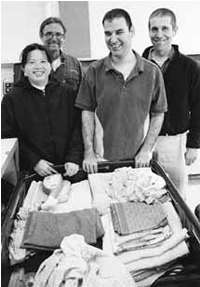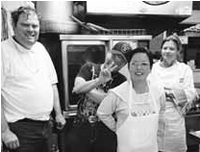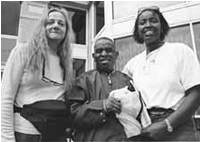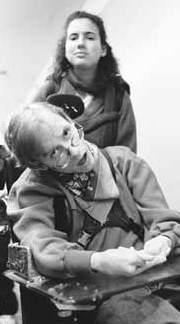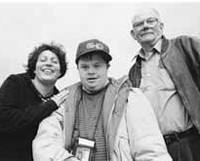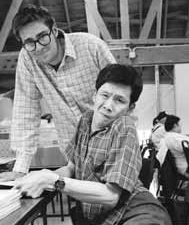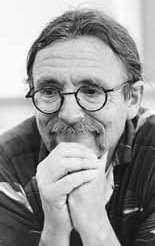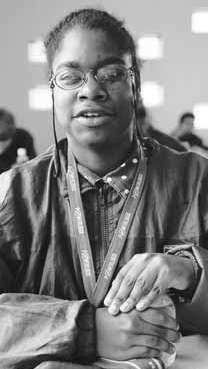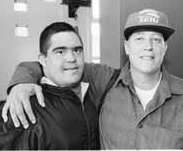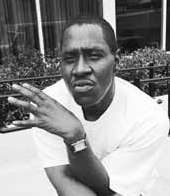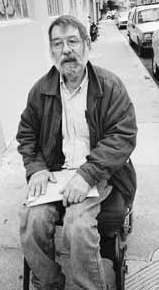|
To Make a Difference
Sept-Oct 2001 When you mention working with people with developmental disabilities, the response is often, “Isn’t that a depressing thing to do?” But those in the know have a different attitude. “I love it,” states Diana DeHaut, summing up the feeling of most of her co-workers at The Arc San Francisco. “Everyday is a fun day. It is very enjoyable. You laugh a lot, and everyone is in a good mood.” DeHaut had intended to be a preschool teacher when her brother, who was working as a house parent in a residential program, asked her to volunteer. She tried it once and 20 years later she is still hooked. “I wouldn’t want to do anything else,” she states. “I’ve even taken my kids to work, because it’s such a good experience for them.” Developmental disabilities include mental retardation, autism, seizure disorders, and cerebral palsy. Clients range from quadriplegics in wheelchairs to average looking people whose speaking skills are not quite what one would expect from someone their age. The Arc San Francisco defines its mission as providing services and advocacy for people with disabilities. Community integration specialist and Local 535 steward Gary Gregerson is very passionate about his job there and the people he serves. “These are people with developmental disabilities. They have a disability, but that is not who they are. Their personalities range from jocks to intellectuals, just like anybody else. The only difference is how they process information,” he explains. The workers’ goal is to train their clients to become independent and integrated with the mainstream community. To do this, they provide job training, travel training, and living skills. In the past people with disabilities either lived with relatives or were institutionalized. Programs were more about warehousing than helping people lead fulfilling lives. Gregerson has seen old-style institutional programs where the clients all worked in the same room and did the same thing, day in and day out. The clients’ lives were very regimented, and the only people they would interact with were instructors or other disabled people. “It was pretty depressing,” he comments. Gregerson’s job in the Integrated Work Program is completely the opposite. He takes his clients on field trips and activities all over town, everything from swimming and basketball to art museums and concerts. Many of the clients attend San Francisco City College classes that range from gospel to Shakespeare and, most important, self-defense. Teaching them how to get around town safely is an important part of the process. This includes teaching them how to take the bus without getting lost and how to defend themselves from those who might take advantage of them. The Arc program is not only about getting the clients used to interacting with the community, but getting the community used to interacting with them. One of the main obstacles to integrating people with developmental disabilities is resistance from the public. Gregerson is used to getting kicked out of restaurants and being made to feel unwelcome. “It is a challenge to find different places to take them, other than food courts and shopping malls,” he comments. Client advocacy is another part of the job. Workers are trained to advocate for their clients with teachers who don’t want to accommodate them in classes and with landlords who don’t want to rent to people with disabilities. Not a Job for Everyone This type of work is not for everyone. Ed Rauch trains workers at The Arc. Before The Arc of San Francisco, he worked with autistic children, emotionally disturbed adolescents, and people recovering from brain damage. He has seen a high turnover of workers in every aspect of the profession. “It takes a certain intuitive feel for things and a special awareness,” he explains. “It takes compassion, of course, and a real desire to help people. You learn different ways to deal with different people. Some have medical problems like seizures. Some have behavior problems. Some are severely disabled. Some people need toileting assistance and you have to have the wherewithal to deal with that.” Most of all, the job takes patience. The clients are given goals to meet. They might be as modest as taking a class or two at San Francisco City College. A more ambitious goal would be learning to take the bus by themselves. The ultimate goal is independence. How many of their clients are able to get jobs and be self-sustaining? Charles Houck is a vocational trainer. Some of The Arc’s clients start working in a sheltered workshop, and then the program tries to get the clients jobs in the community. He describes their success: “Over the years there has been a considerable number of people who have been very successful. I usually have two or three people on my caseload, out of 18, who manage to move on from this sheltered situation to a much more challenging vocational situation. I would like to see everyone move on, but I’m comfortable with the results. These are people who either have behaviors or lack skills or experience that puts them a level below the expectation for entry level. And our job is to bring the individuals up, by improving either their work behaviors or their job skills, or maybe improving their stamina.” large part of the agency’s job is finding the right match between the client and a receptive employer. According to Gregerson, the program has been very successful in getting clients placed in minimum and above wage jobs and doing volunteer work. he agency’s job placement division serves 170 clients. The average wage is $8.11 hour. This may not meet the vocational expectations for able-bodied college graduates, but one of the things that working with the disabled community teaches is to look at things from a different perspective. As Rauch states, “There is something spiritual about the work.” Success is not judged by external standards. “You realize that everyday you have accomplished something. You have a general feeling that you have contributed, or given back to your community. And that is rewarding, that you have helped individuals become better people.” Houck is pleased with the success of the community integration program. “People with disabilities have been viewed with a certain amount of skepticism and maybe even a bit of fear,” he says. “But as we get more of these people into the community it is not only good for these people, but it enriches the community as well.” According to Houck, students at San Francisco City College have commented about what rich learning experiences they have had interacting with people with developmental disabilities. “They come to realize that these people are pretty much just like the rest of us. They have merit. They have value. They are producers. They are an important part of the community.”
|
||||||||||||||||||||||||||||

